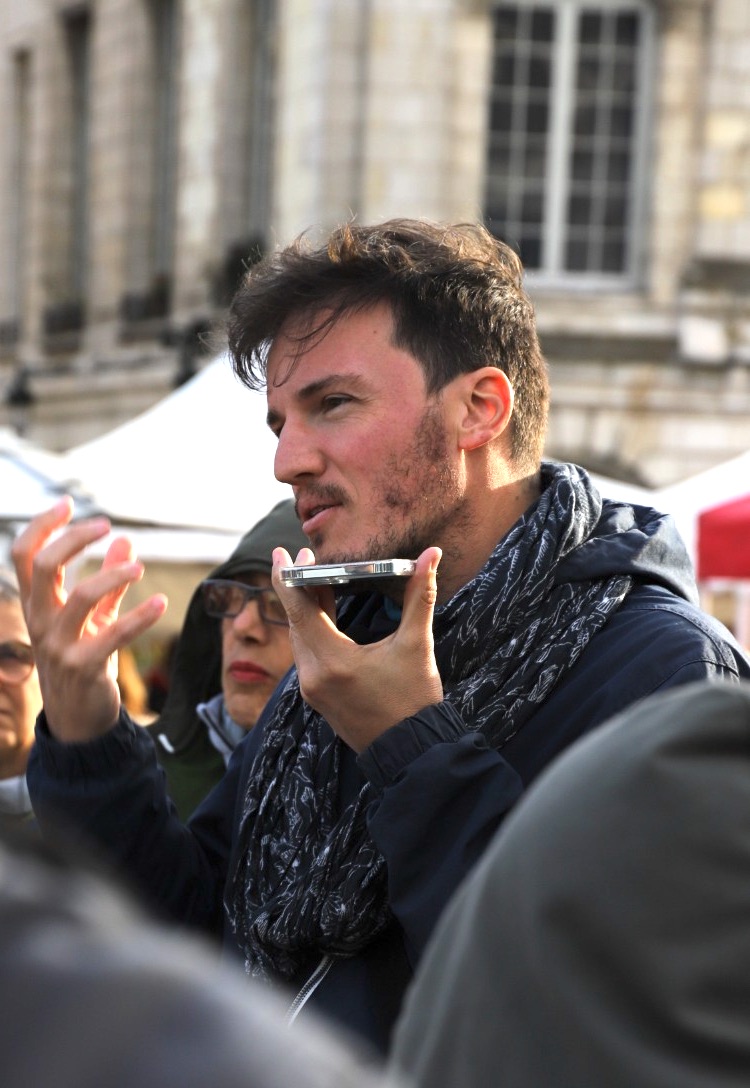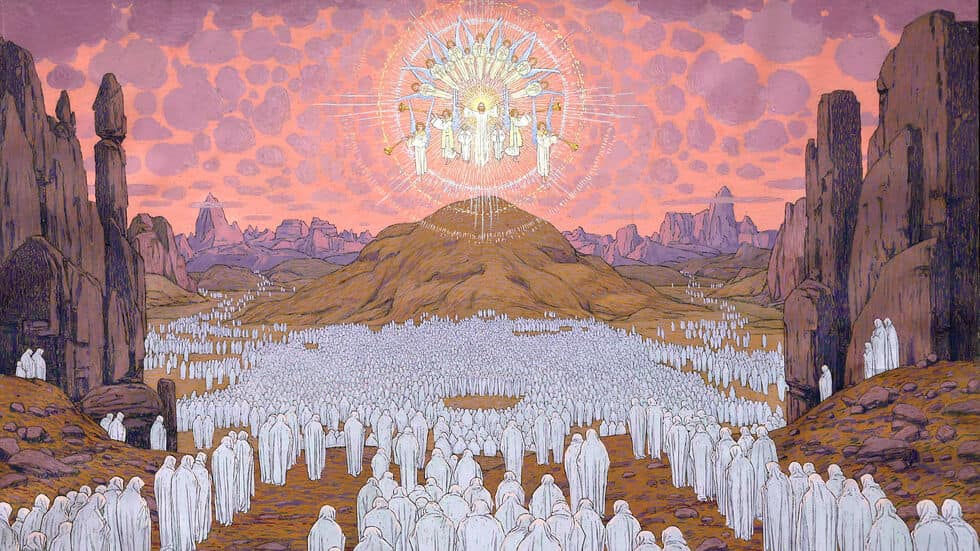The Occult Link Between the Ancient and the New Mysteries
- Giorgio Tarditi Spagnoli
- Jun 8
- 4 min read
It is not easy to sketch Rudolf Steiner (1861-1925) in a nutshell, as there are certainly more activities he engaged in than those he did not. Almost unknown is his activity in the esoteric orders.
In 1906 within the Theosophical Society Steiner met John Yarker, who invited him to join the Misraim Rite. Thus Theodor Reuss, Yarker's representative for Germany, formally bestows on Steiner and his wife, the highest operative degrees: 33° 90° 96° of the Memphis-Misraim Rite, entrusting them with the task of founding a lodge in Berlin, named "Mystica Aeterna." The rite is associated with the Esoteric School of the Theosophical Society as "Misraim Service" and immediately accepts women as well. At the same time, Steiner secretly works together with the Yarker to revise the Egyptian pyramid rituals. From Steiner's original lodge soon sprouted other lodges operating with the same ritual: in Cologne, Leipzig, Stuttgart and Munich. In the middle of the following year, 1907, 100 members were reached, a condition for which Steiner could become Grand Master, completely independent of Reuss.
Steiner thus begins to modify the Misraim Service in order to bring it in line with the Rosicrucian tradition until in 1908 he ceases relations with Reuss altogether. Thus was born "Cognitive Worship," or a ritual designed to place the neophyte in relation to the being who presides over spiritual thinking, Michael, himself a herald of the Christ as well as a defender of the Rosicrucian spiritual current. Divided into nine degrees of the Lesser Mysteries plus four secrets of the Greater Mysteries, Steiner incorporates magico-theurgical elements into the new rite, and to further differentiate himself from the previous rite he renames its members "esoteric Freemasons," indicating in this the union of the Rosicrucian formarituale with the exercises of the Esoteric School.
Mystica Aeterna became a true "umbrella organization," under whose auspices the leading figures of European esotericism, belonging to Theosophical, Masonic and Rosicrucian orders, met. We can cite as an example Steiner's former student Max Heindel, whose American Rosicrucian Fellowship is hinged around an Esoteric School endowed with the same nine-degree scale as Mystica Aeterna. Another little-known detail is that it was Steiner who worked out the nine-degree scale later transferred to the O.T.O. before he became independent of Reuss. We also know that Steiner's lodge originated as the German twin of the British section called Mysteria Mystica Maxima, famously entrusted to Aleister Crowley in 1912, so that the extended name is "Mysteria Mystica Aeterna" even though the two paths took two diametrically opposed paths.
Steiner modeled Mystica Aeterna on the basis of the Order of the Gold und Rosenkreuz, particularly in its nine-degree structure. For this same order was the basis of the Societas Rosicruciana in Anglia (S.R.I.A.), itself the basis of the Hermetic Order of the Golden Dawn. Steiner also influenced this magical order: some aspects of both ritual and esoteric aspects of the Rosicrucian degrees (IV°, V°, VI°, VII°, VIII°, IX°) of the Mystica Aeterna were in fact transferred to the higher degrees (6=5, 7=4, 8=3 and 9=2) of Robert William Felkin's Stella Matutina, which recognized Steiner himself as Secret Leader incarnate, in other words a Master of Wisdom. We may also recall that Steiner went to Rome specifically to meet with Giovanni Colazza, the teacher of Maximus Scaliger, to invite him into his "circle of twelve" of Mystica Aeterna, the highest European initiates who were to act as spiritual conduits to Christian Rosenkreutz, the Master of the Rose+Cross.
Seven years after the founding of the first lodge, there were now 600 members and work continued regularly until 1914, when the war climate made it difficult to manage the lodges located in various territories, now belonging to countries in opposition. The Anthroposophical Society having recently been founded (1913) Steiner ceased all ritual activity under his direct control and finally formally disbanded the Cognitive Cult (1921), at least ostensibly. In fact, despite this, shortly before his death, Steiner and communicated in great secrecy to some of his closest disciples, among the highest ranks of the Mystica Aeterna, his desire to see the ritual awakened and operational again. But some groups, enshrined in modest silence, continued to practice the initiatory repository of Mystica Aeterna as if nothing had happened, cut off from World War I, remained aloof from both the subsequent vicissitudes of Egyptian Freemasonry and those of the Anthroposophical Society. The same happened after Steiner crossed the Threshold, surviving even World War II, cloaked as they were in initiatory silence.
We come to the present situation, in which this particular rite turns out to be all but unknown, forgotten and even denied so that the figure of Steiner could become fully assimilated into the academic world, a true secularization of his work, despite Steiner's deathbed wish for a revival of the rite. So here we come to the end of this brief excursus, aimed at shedding light on the issue of Mystica Aeterna. It has remained in oblivion for too long, and its role as the crossroads of several important Western initiatory orders, has been too great to be forgotten: the source of Mystica Aeterna is in the Misraim itself and therefore finds its place in the Western esoteric tradition of initiatory orders. At the same time, there is no fundamental contradiction between Egyptian Freemasonry and anthroposophy: they are inextricably linked, albeit not in the eyes of the secular world, which ignores the deep roots of anthroposophical esotericism. But such a secretum only opens a further glimmer in the occult nexus that links the Ancients to the New Mysteries.





Comments